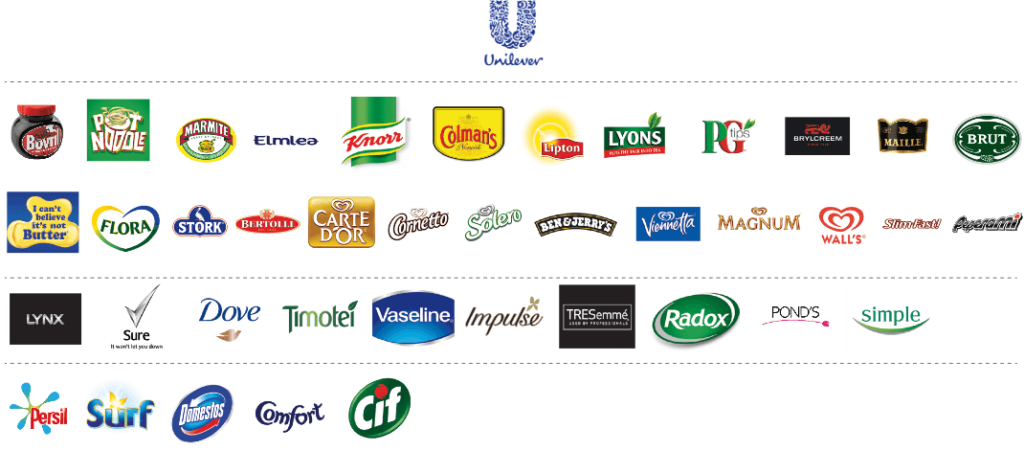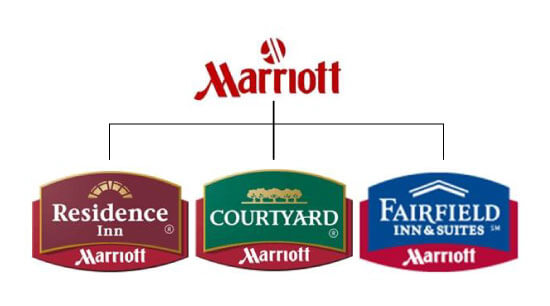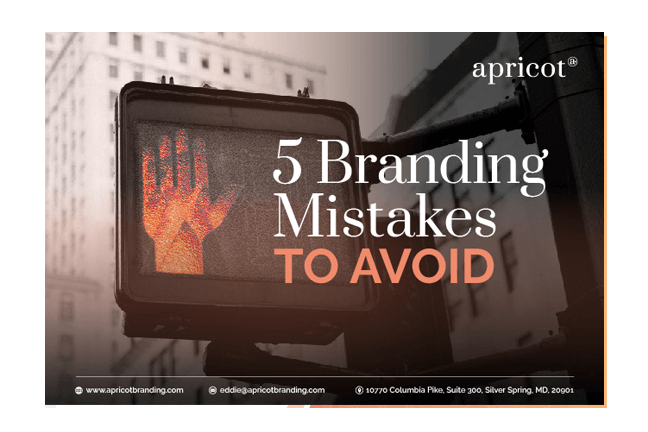Brand architecture is the relationship between a brands sub-divisions or assets and the parent brand, as well as how they relate to each other. It is an important part of your overall strategy. Consider your long term goals and how your company can potentially extend into new brand extensions and subdivisions. Some examples of brand architecture are the Branded House, House of Brands, Endorsed and Hybrid.
Types of Brand Architecture
1. The Branded House
This type of brand architecture usually has the parent brand with related brand extensions underneath it. This is the most common and well known form. One example is Fedex Corporation which has other sub-brands like Fedex Ground, Freight, Office and Trade Networks. All the different extensions are strategically a part of Fedex. One disadvantage of this model is that if one of your divisions has a negative perception then that will also affect the parent company and other sub-brands. It is also the easiest to dilute because the subbrands can’t be too different from the parent company.

2. The House of Brands
A House of Brands may have a master brand that is invisible. It is usually as a result of acquisitions. For example, a lot of people are not aware that these brands below are all owned by Unilever. One advantage of this model is that if one of the sub-divisions has a negative perception then it might not affect Unilever as a whole. One disadvantage is that the positive associations of the different products and divisions might also not be associated with Unilever as much. Each division has it’s own distinct identity in the marketplace.

3. The Hybrid
The Hybrid model is a mixture of both the House of Brands and the Branded House. Sometimes a company could start off as a Branded House and then later acquire other companies. One example of a Hybrid model that you are probably familiar with is Amazon which has Kindle, Prime and Alexa under the same name. As of 202, It also has Whole Foods, Zappos and a series of other extensions based on companies it has acquired over the years. One advantage with this model is the flexibility. It is a hybrid so some sub-brands might be more associated with the parent company than others.

4. Endorsed
The Endorsed Brand architecture is a relationship in which the extensions have other names but use the parent brand as an endorsement. One example is Marriot which also extends as Residence Inn, Courtyard and Fairfield Inn & Suites. Customers visit the Residence Inn, Courtyard and Fairfield because of the luxury experience and comfort associated with Marriot.

5 Common Pitfalls and Misconceptions
1.) Not Having A Clear Brand Architecture: You need an approach that is simple, clear and coherent. This way people can understand how your different brand extensions and products relate to each other and the parent brand. Avoid clutter and confusion.
2.) Lack of a Strategic Objective: You need to know exactly why you are extending your brand. Don’t just do it for fun. There needs to be a good reason why you are releasing a new product or going after a new market. The logic behind it helps you identify new opportunities that your brand can extend into. You need to analyze the current position of your brand and the core personality and attributes that people associate with it.
3.) Thinking that brand architecture is only a design exercise: Although how you visually represent your brands is important, it isn’t just about placing your different logos next to each other. It is a more strategic aspect of building your brand and a part of your overall business strategy. Each sub-brand will also need to be managed with their their own specific value propositions and strategies for growth.
4.) Lack of Long term thinking: You need to look at the future possibilities of where your brand can extend into over the long term. This needs to be defined upfront. You also need to consider the different challenges that you may face over the long term.
5.) Lack of Leverage: Avoid extending your brand into new categories unless it is well known. The parent brand must be well known in a specific category. This would increase it’s chances of success when extending into other niches within that category. For example, if the brand is known for premium luxury apparel then it should not extend into household cleaning products. Instead, luxury fragrances might be a better decision. Your extensions should fit what customers expect and know you for.
6.) Over-extending your brand: If you over-extend your brand then that could lead to confusion. Especially if you extend into areas that your brand is not known for. This would lead to dilution if you extend into too many diverse categories. You must also consider how many extensions you can support and manage.
In conclusion, brand architecture is the relationship between a company’s products and brand extensions or sub-divisions. 4 types are the Branded House, House of Brands, Hybrid, and Endorsed. Think about your long term possibilities for growth and what other categories you can extend your brand into. What other examples of brand extensions do you know of? If you enjoyed this article then you may also like my previous one on 5 Reasons Why Your Company Needs A Rebrand






